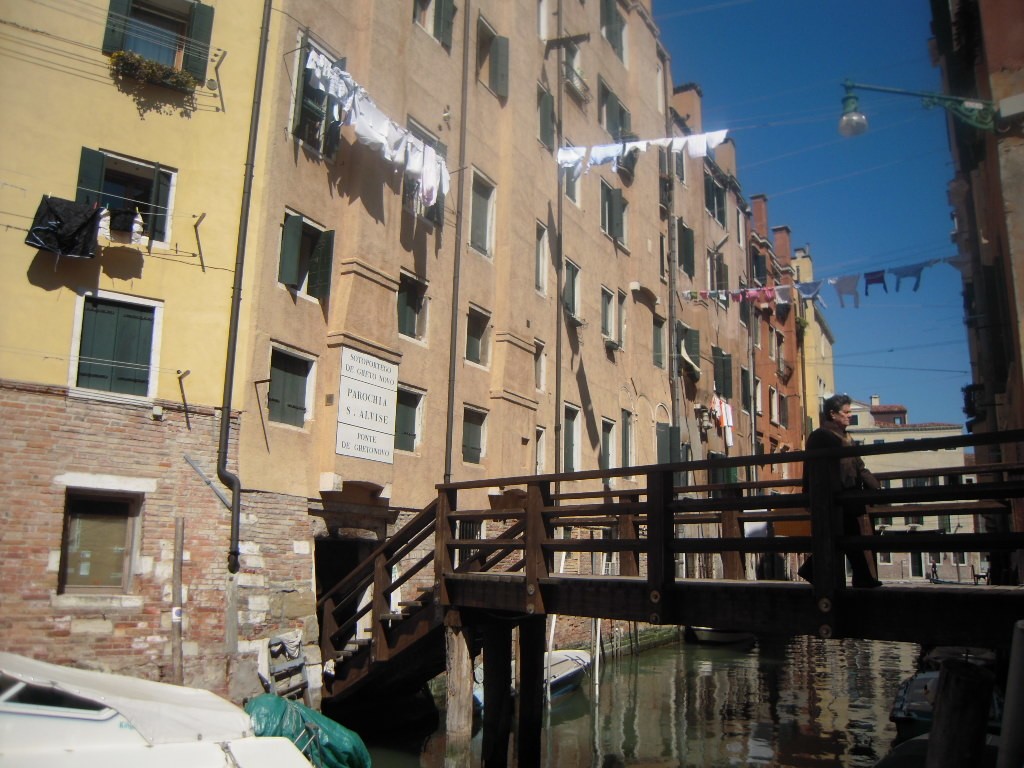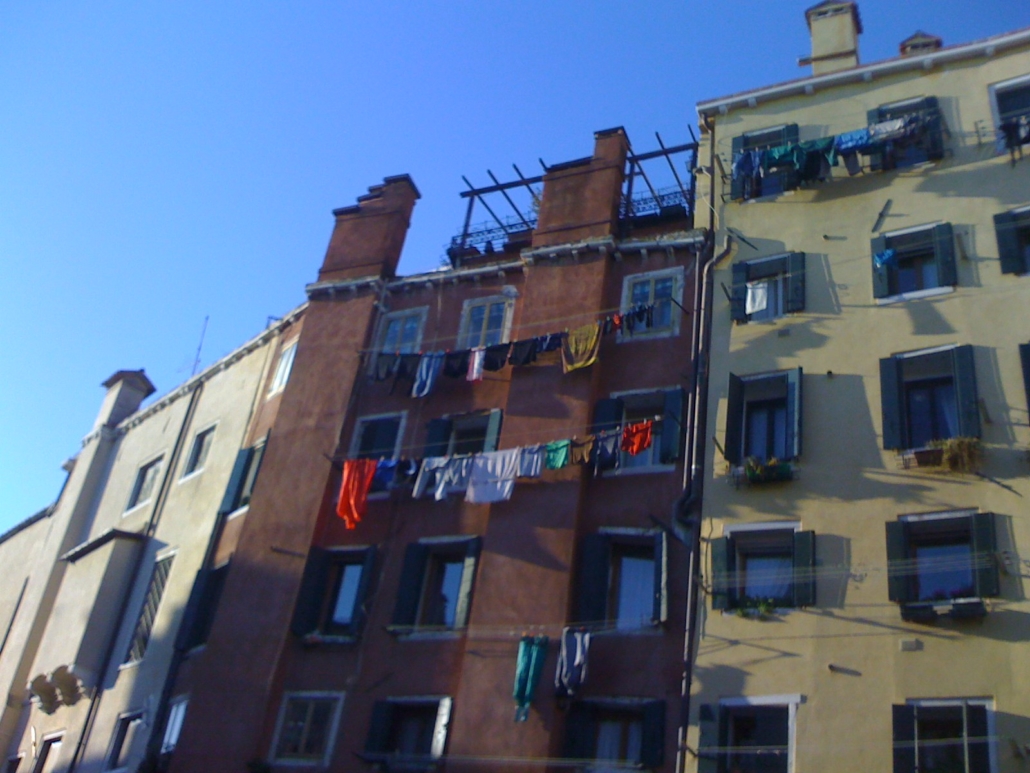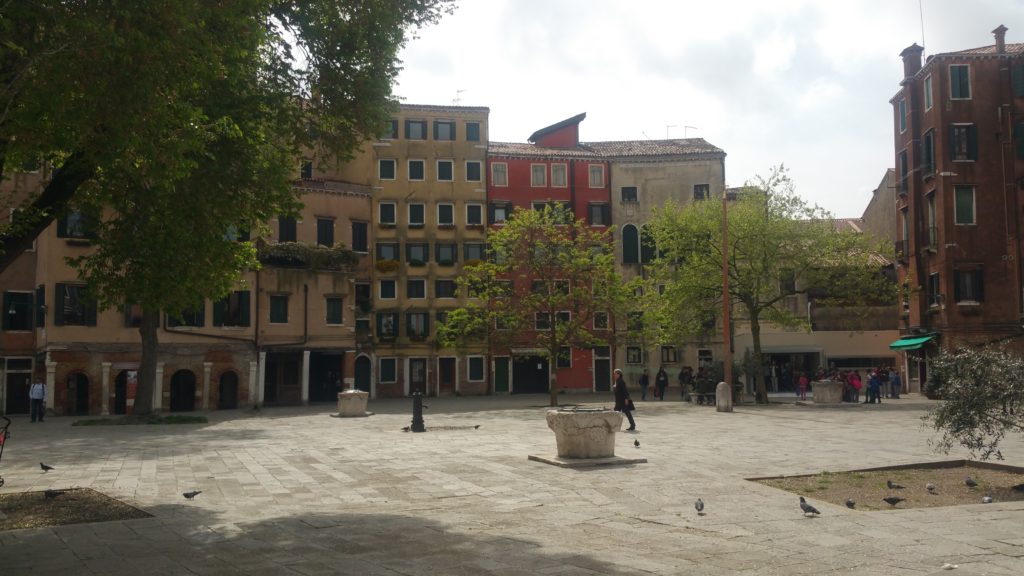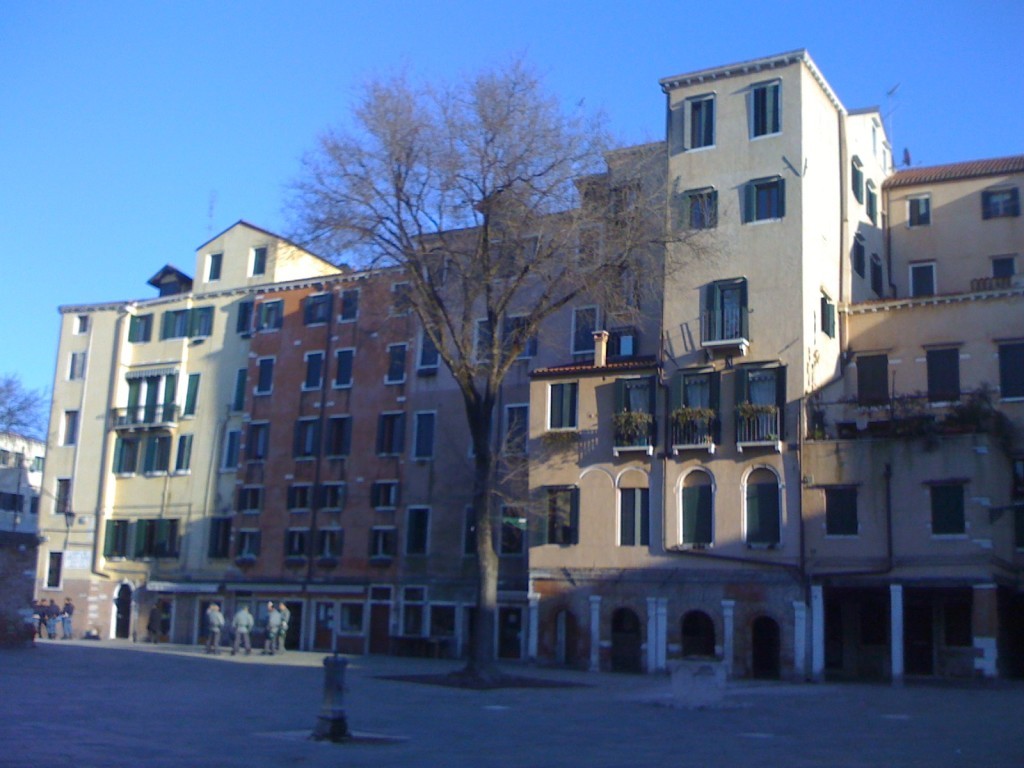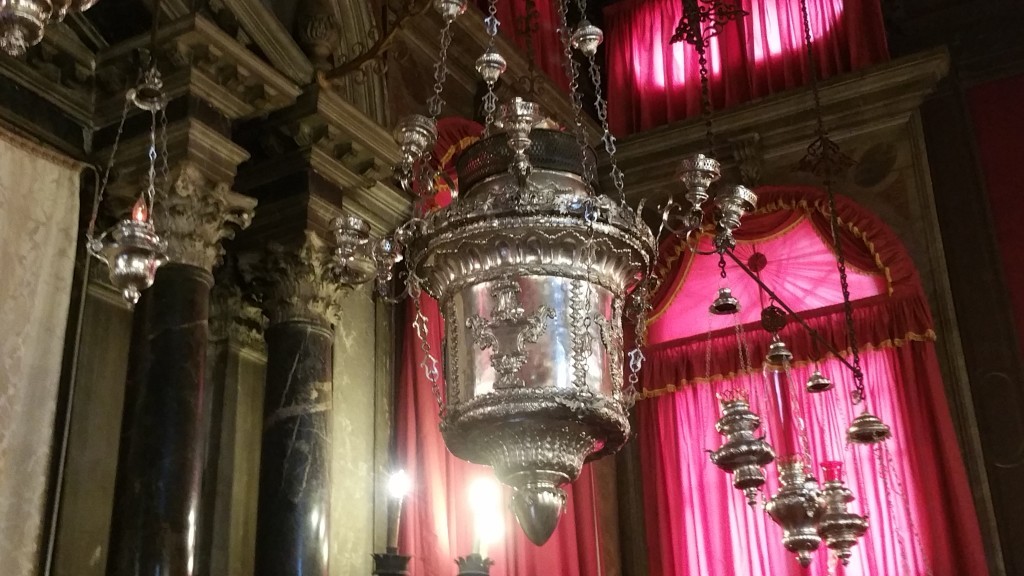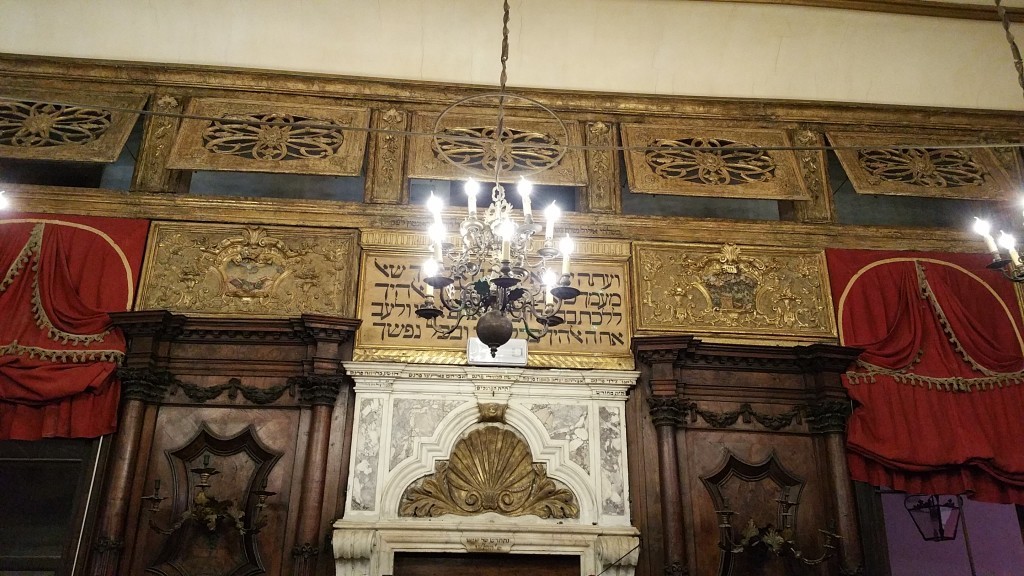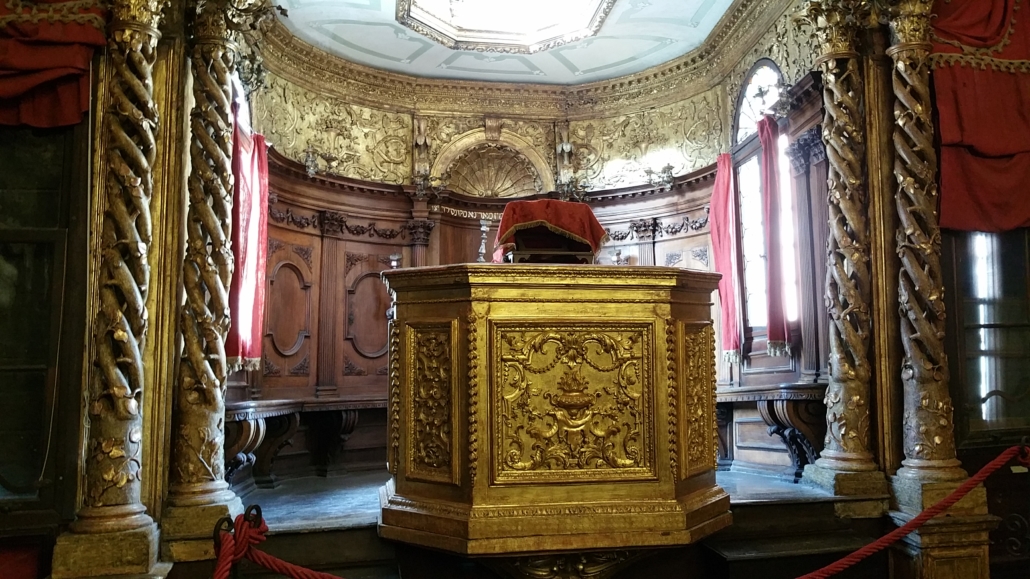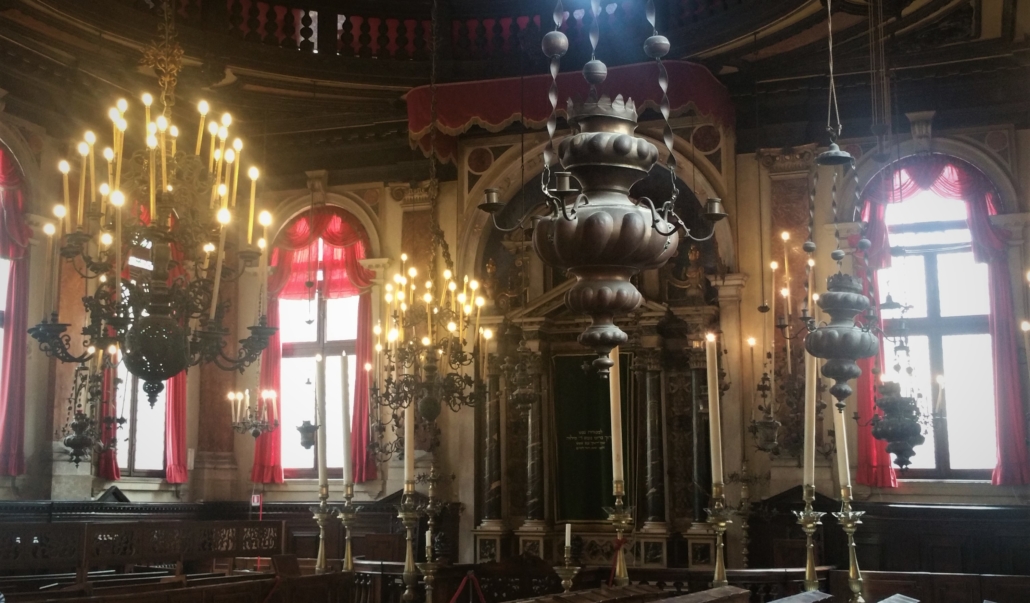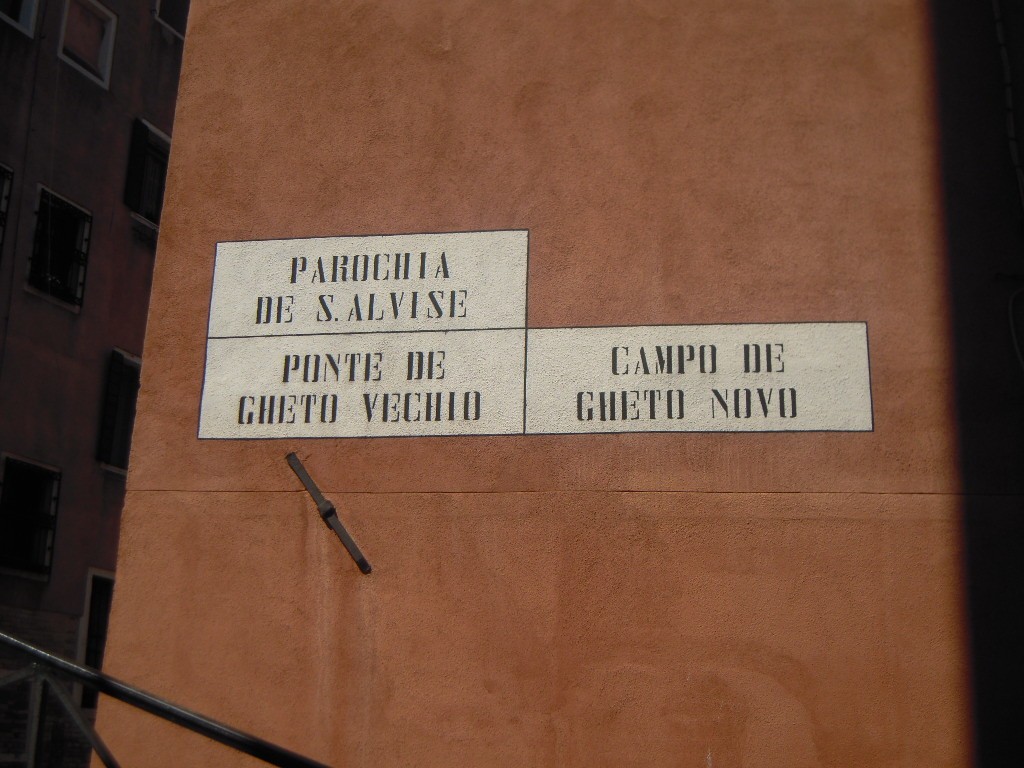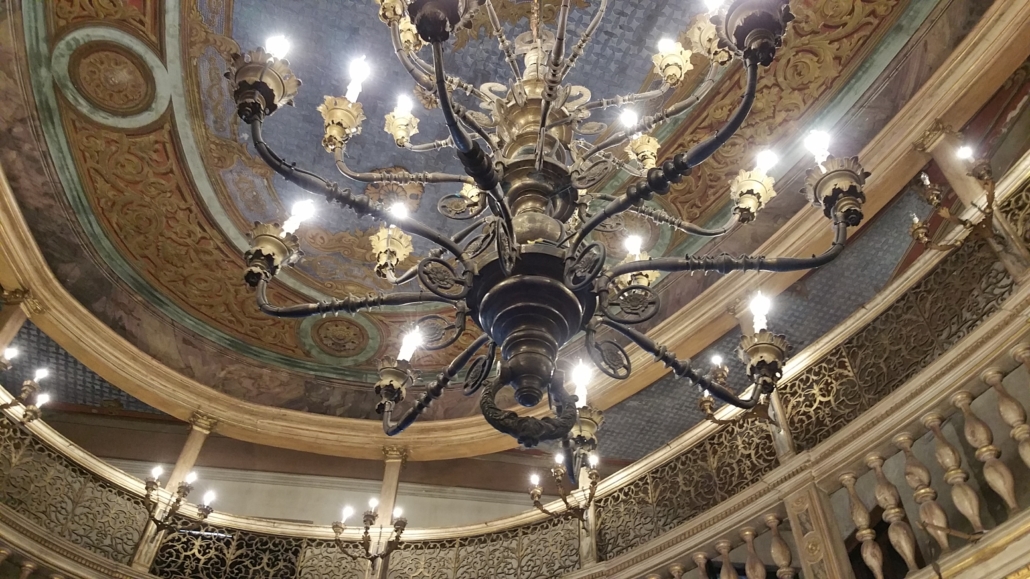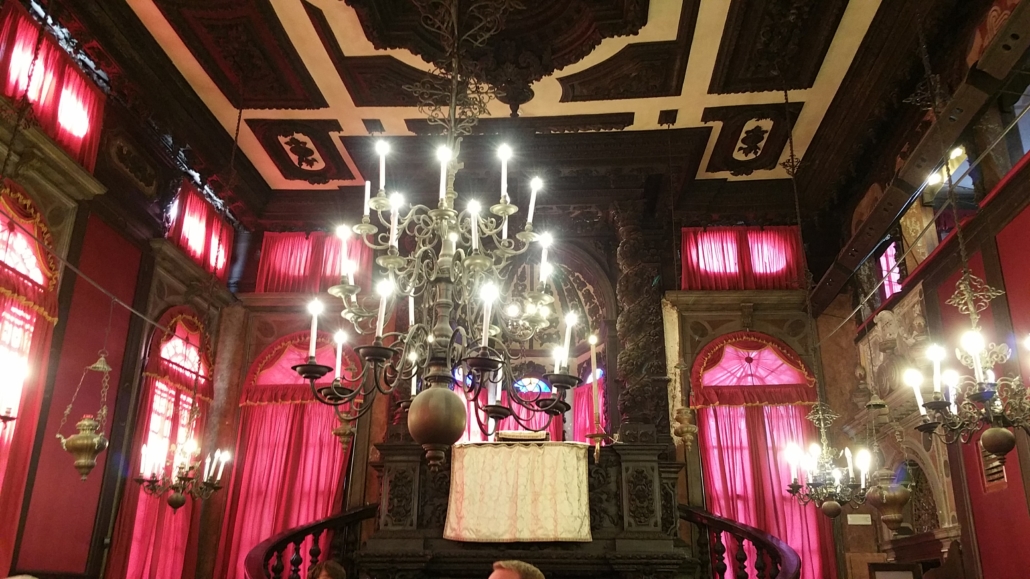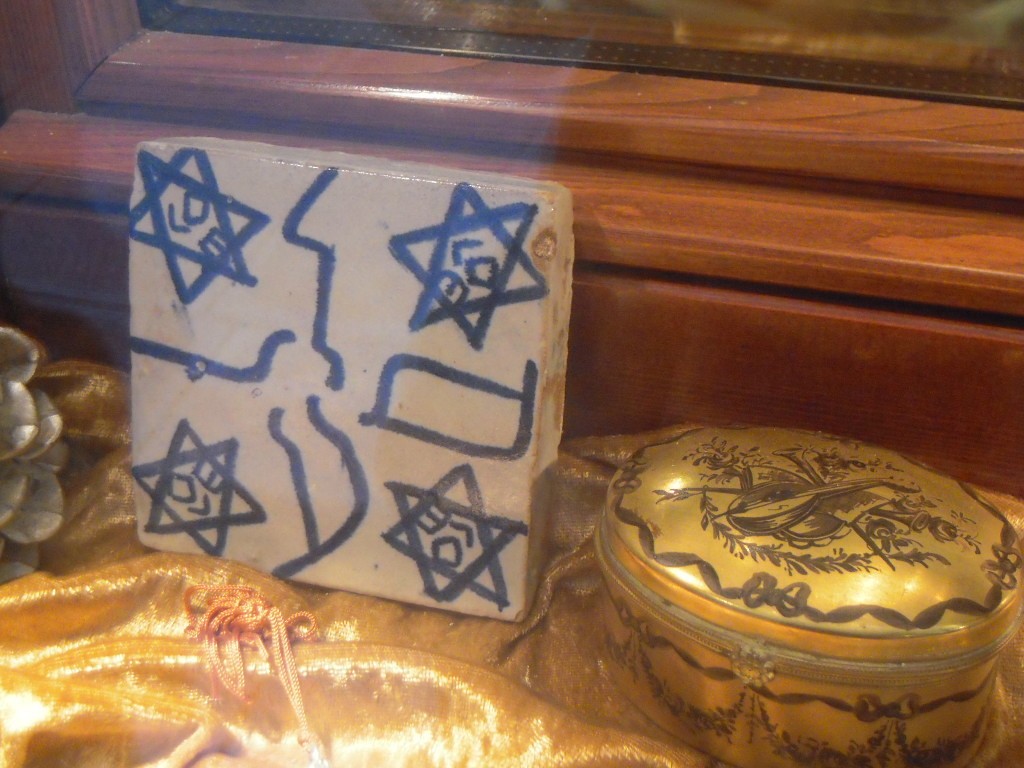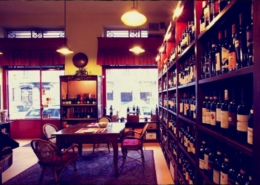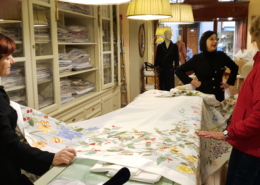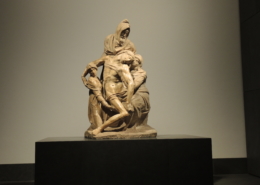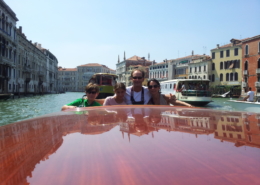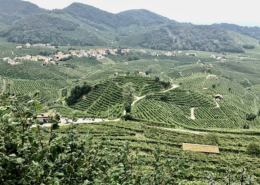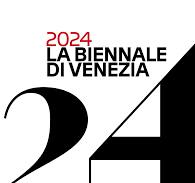Highlights of this tour
- St Mark’s Square as political center
- Rialto area and Bridge as commercial hub & Shakespearian site
- Jewish Ghetto, with the three sections: Nuovo, Vecchio & Nuovissimo
- Lecture on Jewish Venice history from the Middle Ages to our days
THE JEWS IN VENICE
THE JEWS IN VENICE – To understand the history of the Jewish presence in Venice we must enlarge our horizon to include a brief survey on the Venetian Republic attitude towards foreign communities.
Venice, for long centuries an international seafaring center, got in touch with all the populations living on the shores of the Mediterranean, developing an open and far-sighted mentality that we could resume with a simple ‘business is business’, no matter the language, color of the skin, religion, habits of your commercial partners.
We cannot forget, however, that the presence of the Roman Catholic Church on the Italian Peninsula always conditioned the choices of each individual State and, notwithstanding the proud independence and careful eye of the Most Serene Venetian Republic, the diktats and strong pressions of the Catholic institutions could not simply be ignored.
Our tour will begin in St Mark’s Square, in front of the Doges’ Palace, political and juridical center, where a complicated net of councils, formed exclusively by Venetian noblemen, discussed and decided about foreign communities. Greeks, Jews, Dalmatians, Albanians, Armenians, Persians, Germans, Florentines, Milanese.
The topics where taxation, citizenship, professional restrictions, authorization at building temples, limitations in dwelling and trading.
We’ll also try to examine the attitude of the Venetian government towards the Papacy on one side and towards the Jews on the other.
Right opposite to the Doges’ Palace stands the Marciana Library, one of the largest and most important State libraries in Italy. It will give us the cue to consider the importance of book printing in Venice, with special interest for the glorious history of Hebrew printing in 16th century Venice.
The historical figures of Daniel Bomberg, who published the entire Talmud plus some 180 Hebrew editions and his inspirer, Felice da Prato, will be summoned up.
We’ll mention the burning of Talmuds in Venice in the dark years of the Holy Inquisition.
From St Mark’s waterfront we’ll locate the island of Lido, where a Jewish Cemetery was established since 1384. This will be the occasion to introduce the history of the Ashkenazi Jews in Venice and to reconstruct the period preceding the establishment of the Ghetto in 1516.
‘The Jews in Venice’ heads now towards Rialto, where, in the very steps of Shylock, we’ll try to consider the history of the Jews in Venice into a wider European perspective.
We’ll stop by the Fondaco dei Tedeschi, where the German community had its warehouses and banks, considering the position of Protestants in Venice and how this novelty affected the attitude of the Catholic world towards the Jews. We’ll talk briefly about the University in Padua and its policy towards Orthodox Greeks, Jews and Protestants.
Having walked over the Rialto Bridge, we stop at Campo San Giacometo, once the seat of private banking and naval insurance companies, and where the Jewish presence was always important.
The moment of talking about Shakespeare’s Merchant of Venice has come. As you probably know, the chances Shakespeare ever visited Venice (or Italy) are minimum, and he never mentions the Ghetto. Shylock and Antonio meet here, of course, in Rialto…
Your guide will introduce at this point a new topic: the vicissitudes of the Sephardic groups in Venice. When and how and wherefrom they arrived, how the government dealt with them.
To understand this period better it will be necessary to frame Venetian history into a wider European context: the expulsion of the Jews from Spain and Portugal, the great geographic discoveries at the end of the 15th century, the slow decline of Venice sea-trading, the difficult and dangerous relationships with the Ottoman Empire
We cross the Grand Canal at the Rialto market on a “traghetto” (i.e. a gondola ferry) and we reach the three Ghettos (Nuovo, Vecchio and Nuovissimo).
The word “ghetto” is now frequently used to define a deprived urban area of segregation, racial or ethnic discrimination and poverty.
In Nazi occupied Europe the ghettos were overcrowded quarters where Jews and at times Gypsies were forced to live before being convicted to concentration and extermination camps.
The association of the term ‘ghetto’ with confining a minority to a certain area started here in Venice in 1516. Venice had recently lost the war against Pope Julius II.
As a compromise between those who wanted to ban the Jews from Venice and those who had recently let them live and act freely all over the city, the government decided to legally confine them to a small island in the Northwestern part of Venice, in the Cannaregio area.
Your guide will point out the economical considerations that, after long discussions, brought the Venetian rulers to this decision
The tiny island was known as Gheto Nuovo (‘the new metal foundry’) or as “terren del Gheto,” i.e. “the terrain of the metal foundry.”
It was a marshy spot where waste materials from the adjoining copper foundry (named Gheto Vecio = Old Gheto) were thrown, and where a new cannons’ foundry had been active for a short time. Then all the artillery making had been moved to the Arsenal, on the opposite side of town.
The dismissed industrial area was sold in 1434 by the government to private owners, which built new apartment buildings, that were later on rented to the Jews for a period of almost three centuries.
In 1541 the authorities established that the wandering “Levantine” Jewish merchants traveling to Venice from the Ottoman Empire should receive better treatment than the German and Italian Jews already residing in the New Gheto. They were accommodated in the near Old Ghetto, that was separated from the rest of the city by tall walls, with a single access along the Cannaregio Canal. It was connected to the New Ghetto by a small bridge.
At this point the word ‘gheto’ was strongly associated with the Jews of Venice and the quarter they had to live in.
In 1555 Pope Paul IV issued the bull “Cum Nimis Absurdum” forcing Jews to live in one single section of the city.
Seven years later the Jewish quarter in Rome was already nicknamed ‘the Ghetto’.
The example set by the Pope was imitated by other governments in Italy, and “ghetto” was already used official papers.
As for Venice, the Ghetto was enlarged again after the plague in 1631. The tiny new area, consisting of three blocks, was given the name of ‘Ghetto Nuovissimo’.
Cost of this tour
- This tour lasts three hours and costs 330 euros up to six people (not per person), only private parties.
- For larger parties send us an email!
- Fees per person: Gondola Shuttle: 2 euros; Tour of the Synagogues: from 18 euros (closed on Saturday and during Jewish festivities)
Dress Code and advice
- No dress code required.
- If you wish to visit the interior of the Synagogues after the tour with us you should not wear sleeveless garments.

